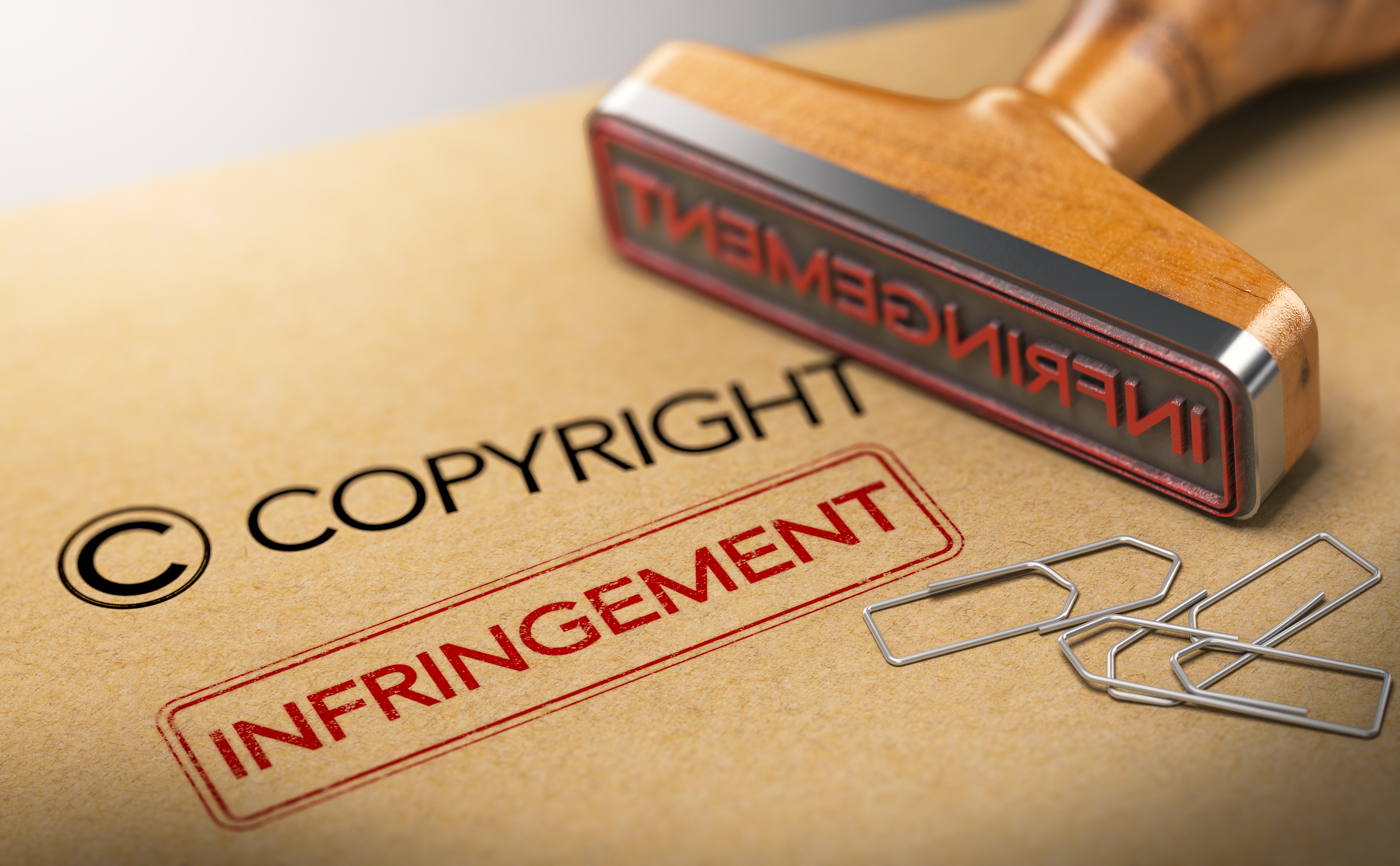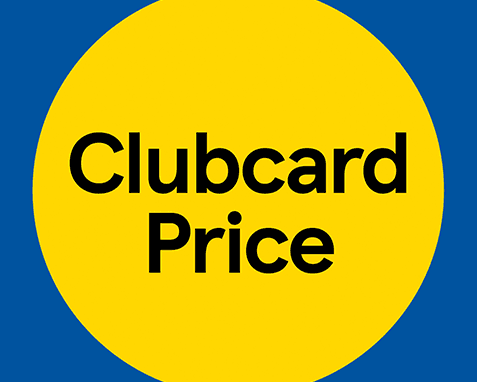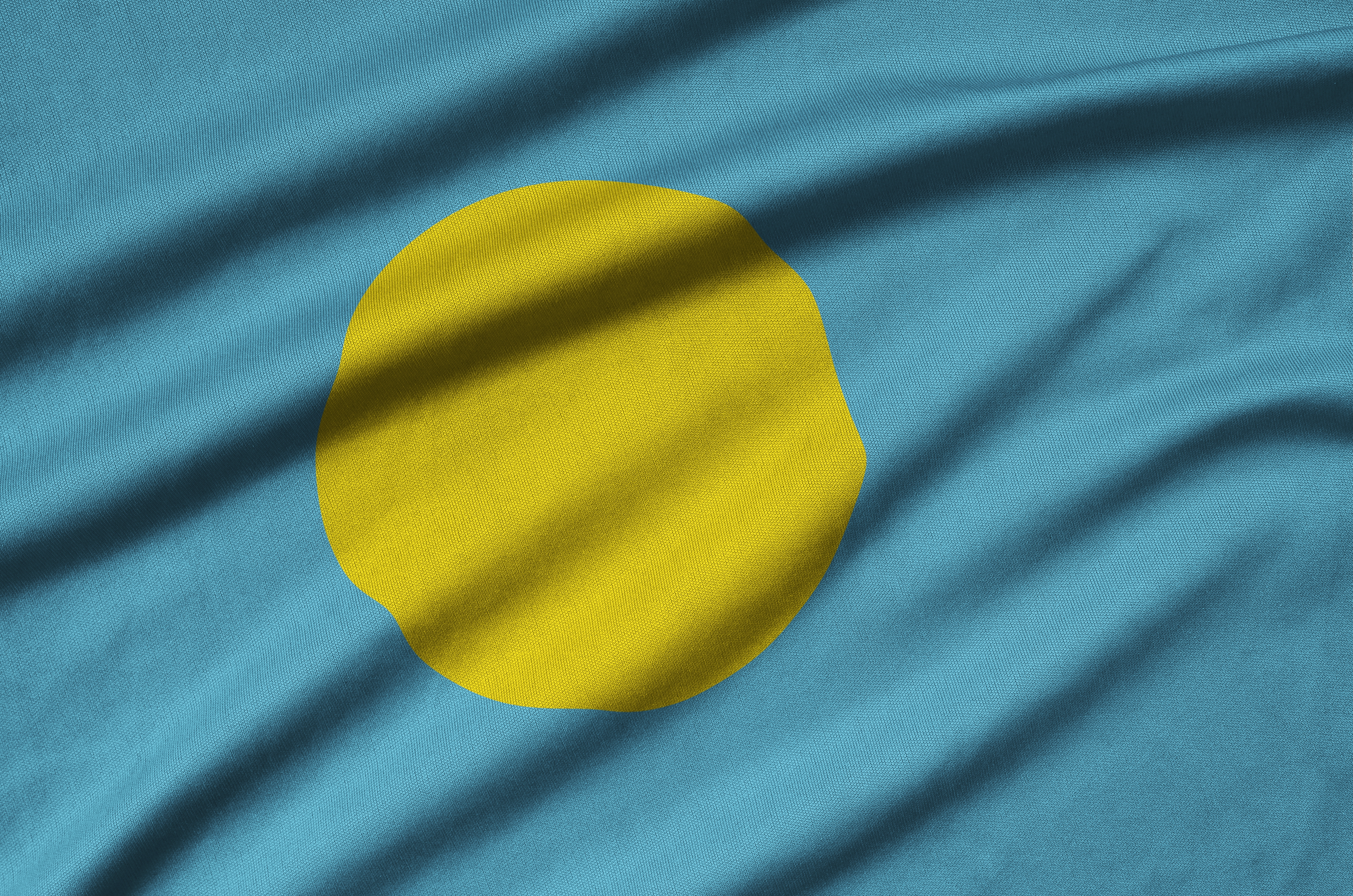IP Rights and their importance
In the Creative Industries

In the Creative Industries

Intellectual property (IP) is something that you create from your imagination. For Web Developers, this could include a whole website,
logos, branding, text content, and even the coding on the backend.
For an asset to be covered under IP rights, it must meet the requirements for a copyright, a patent, a design, or a trademark.
Copyright
https://www.gov.uk/copyrightCopyright protects your work, giving you protection from other people using it without your permission. When you create a piece of work, it will automatically receive copyright status. You may see people use the copyright symbol © with the year it was made. However, this doesn't change the level of protection this piece of work has.
Patent
https://www.gov.uk/patent-your-invention
To receive a patent, you need to apply for this via the UK Government's website.
A patent for a website, logo or any assets may not be granted to Web Developers. For a patent to be successfully
granted, your creation must be new, inventive, and something that can be made or used.
Design
https://www.gov.uk/register-a-design
You can register a design via the UK Government's Website.
Registering your design is more suited to Web Developers. This helps to protect its appearance by proving
that the design legally belongs to you and the date you created it.
You can register a physical shape, configuration, decoration, colour, or pattern.
Trademark
https://www.gov.uk/how-to-register-a-trade-mark
You can register a trademark via the UK Government's Website.
Trademarks can help protect your brand, including words, sounds, logos, and colours.
You can show an ® symbol next to your brand to show that it is yours and is trademarked.
The ™ symbol is often used in advance of registering their brand.
Suppose you are employed by a company and create things for them. In that case, your employer's company owns the
copyright IP rights to these creations.
You can buy IP rights from its creator or a previous owner.
The UK Government has a set of laws that protect your IP rights. These laws are called
the Intellectual Property Act 2014.
The Intellectual Property Act 2014 covers the following:

To use someone else's IP, you need permission to use it or buy the rights from them.
Using a design covered under IP rights without permission can lead to a fine or prison. Which is known as IP infringement.
On March 17th, 2018, Match Group, which owns Tinder and OkCupid, sued Bumble over copying features like the swiping feature on the Tinder app.
This was settled privately between the companies for an unknown figure.
See more details from IP Watchdog
Covered in an NY Times article Match Group
also sued a UK company Muzmatch, an online dating site, for a trademark infringement, for the use of 'match' in the name and using keywords "match"
and "Tinder" in the website's metadata. Match claimed that this meant Muzmatch had benefited from Match Group's reputation.
Muzmatch lost the court case and was forced to rebrand, changing its name to Muzz.
They were also fined an undisclosed amount.
Muzz also removed the swiping feature before this court case and the rebranding in light of Match Group's lawsuit against Bumble.
IP rights allow you to generate money from your creations and protect you from others using your inventions,
brand or product names, the design and look of your products, like your logo, and things you write.
This also protects others from using their products, so you must be careful when using other pieces of work.
For example, if you buy a photograph, this doesn't mean you have automatic use of this photograph on your website.
You need to make sure that you have a licence to use it, and if you have a licence to use this image for a particular
use, you can't use it again for another use.
Many of the images I use are from Envato Elements.
Envato Elements gives me a licence to use the photos in my work or personal projects. If I wish to reuse a picture,
I must register it for different uses. There are clear guidelines that state I cannot resell downloaded items.
I agree with many IP rights, like the protection of your designs, logos, drawing, photographs, and written content created by you.
However, I feel that some companies or people take this privilege too far, for example. In a recent ongoing lawsuit,
Lidl is suing Tesco over a similar logo design.
Read more.


 The flag of Palau is very similar. Does Palau have the right to sue Lidl on the same bases they are suing Tesco?
The flag of Palau is very similar. Does Palau have the right to sue Lidl on the same bases they are suing Tesco?